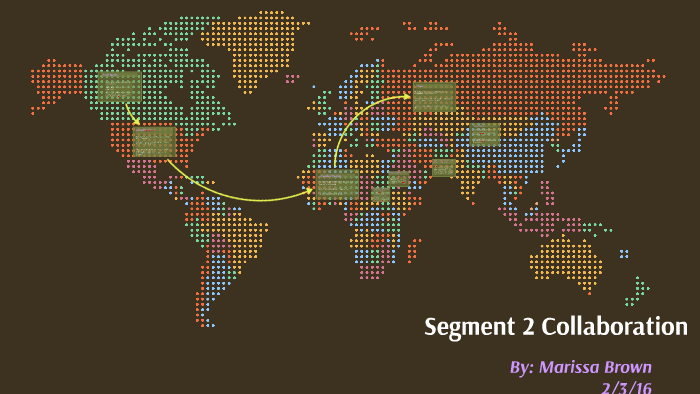

Īlso in 1976, the Air Force Academy first admitted women in 1986, the Air Force Academy’s top graduate was a woman for the first time (Terrie Ann McLaughlin). In 1976 the WAF was ended and women were allowed into the Air Force as equal members. Air Force Lieutenant Sharron Frontiero and her husband Joseph, a veteran and full-time student, were the plaintiffs. Richardson, 411 United States Reports 677 (1973), was a landmark Supreme Court case which decided that benefits given by the military to the family of service members cannot be given out differently because of sex. Women in the Air Force since 1972įrontiero v. Holm became the first female airman promoted to brigadier general. In 1969 women were allowed to join the Air Force Reserve Officers Training Corps. In 1967 Public Law 90-130 was signed into law it removed legal ceilings on women's promotions that had kept them out of the general and flag ranks, and dropped the two percent ceiling on officer and enlisted strengths for women in the armed forces. In addition to serving as nurses and medical evacuation personnel, WAFs also served in a variety of support staff assignments in hospitals, with MASH Units, in service clubs, in headquarters offices, and in intelligence, as well as in a variety of personnel positions. Vietnam WarĦ00 to 800 WAFs served in Southeast Asia during the Vietnam War. īy the end of the Korean War, 12,800 WAF officers and enlisted women were serving worldwide. Other women carried out support roles at rear-echelon bases in Japan, as air traffic controllers, weather observers, radar operators, and photo interpreters. Korean Warĭuring the Korean War, medical air evacuation nurses were the only women in the Air Force allowed to serve in the Korean battle zone. The first commissioner of the WAF was Geraldine Pratt May, who was also the first Air Force woman to become a colonel. Esther McGowin Blake was the "first woman in the Air Force," having enlisted in the WAF the first minute of the first hour of the first day regular Air Force duty was authorized for women on July 8, 1948. WAF was created in 1948 with the Women's Armed Services Integration Act, which gave women permanent status in the Regular and Reserve forces of the Air Force. In 1948 they were able to transfer to Women in the Air Force (called WAF), and some did. That year, some Women’s Army Corps (WACs) members continued serving in the Army but performed Air Force duties. The National Security Act of 1947 made the Air Force a separate military service. 730).Esther McGowin Blake was the "first woman in the Air Force," having enlisted in the WAF the first minute of the first hour of the first day regular Air Force duty was authorized for women on July 8, 1948. Most Americans eat from McDonald's, Burger King and Domino. The main kinds of food served in these places are burgers, chips and pizza (Ford et al. It is easier for them to just eat out from fast food restaurants. Americans, however, rarely have home cooked meals due to their busy schedules. They also eat meat and pork covered with a lot of onions as a side dish. There is another popular side dish Chopchae made of spinach, sweet potato, carrots, beef and different kind of spices. Koreans eat a lot of pepper in their food. This is a dish comprising a mixture of cabbage, fish, onions and much pepper. The Korean’s main dish is rice with a couple of side dishes. 730).Food and type of meal are another cultural difference between Koreans and Americans. Americans have greater opportunities to choose from so there is no pressure studying in order to go to college (Ford et al. Americans have shorter breaks between classes compared to Koreans. In America, school is strictly from 8 am to 4 pm.

There is much competition from people who want to join college. It is because one has to work extra hard to make it to college in Korea. The students take a one-hour lunch break with a 20-30-minute break between one-hour classes. It changes when a student joins the high school where school starts at 6 am and ends at 6 pm. This is also the same for students in middle school. In America, the young address elders by their names and not considered offensive (Kim and Hong 63).The second difference of culture is that Korean students in elementary school go to school from 8 am to 3 pm. There is no particular tradition in America concerning greetings during New Year celebrations though most spend it together as a family. It is also the same greeting between people of the same age since elderly base more on handshakes while the youths give many hugs. On the other hand, Americans greet their elders with either a handshake or a hug.

Thus, they call them teacher (Sang-Hun 1).


 0 kommentar(er)
0 kommentar(er)
